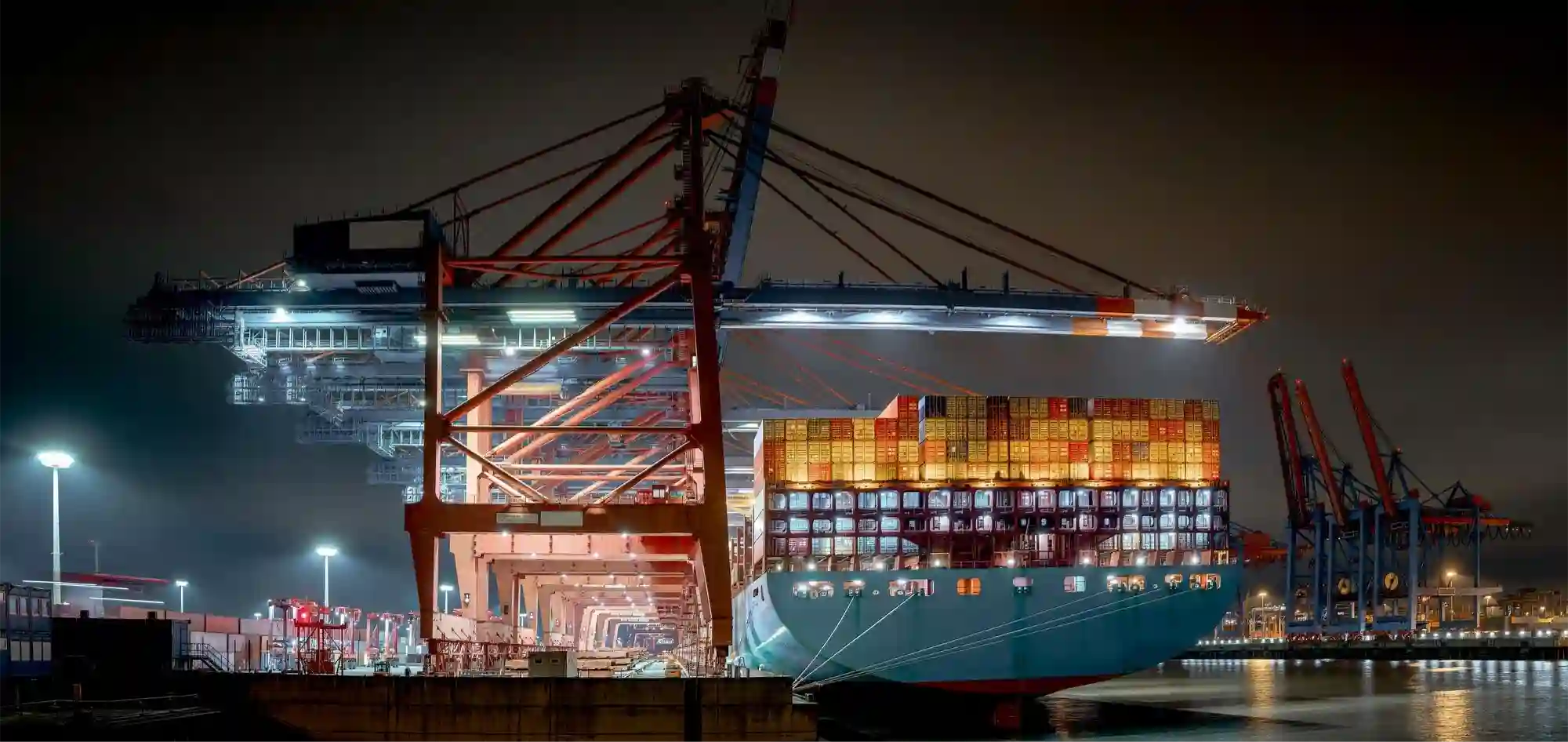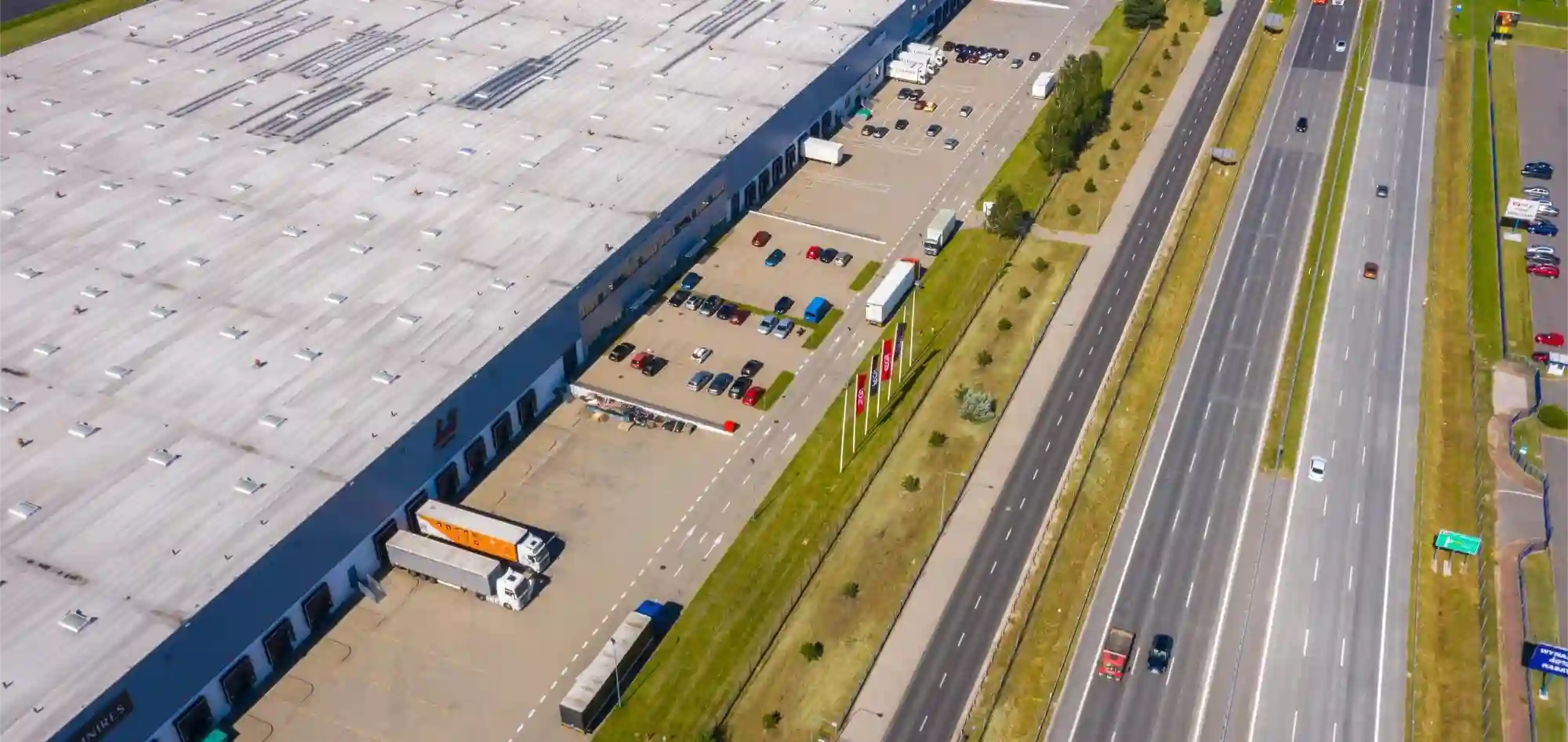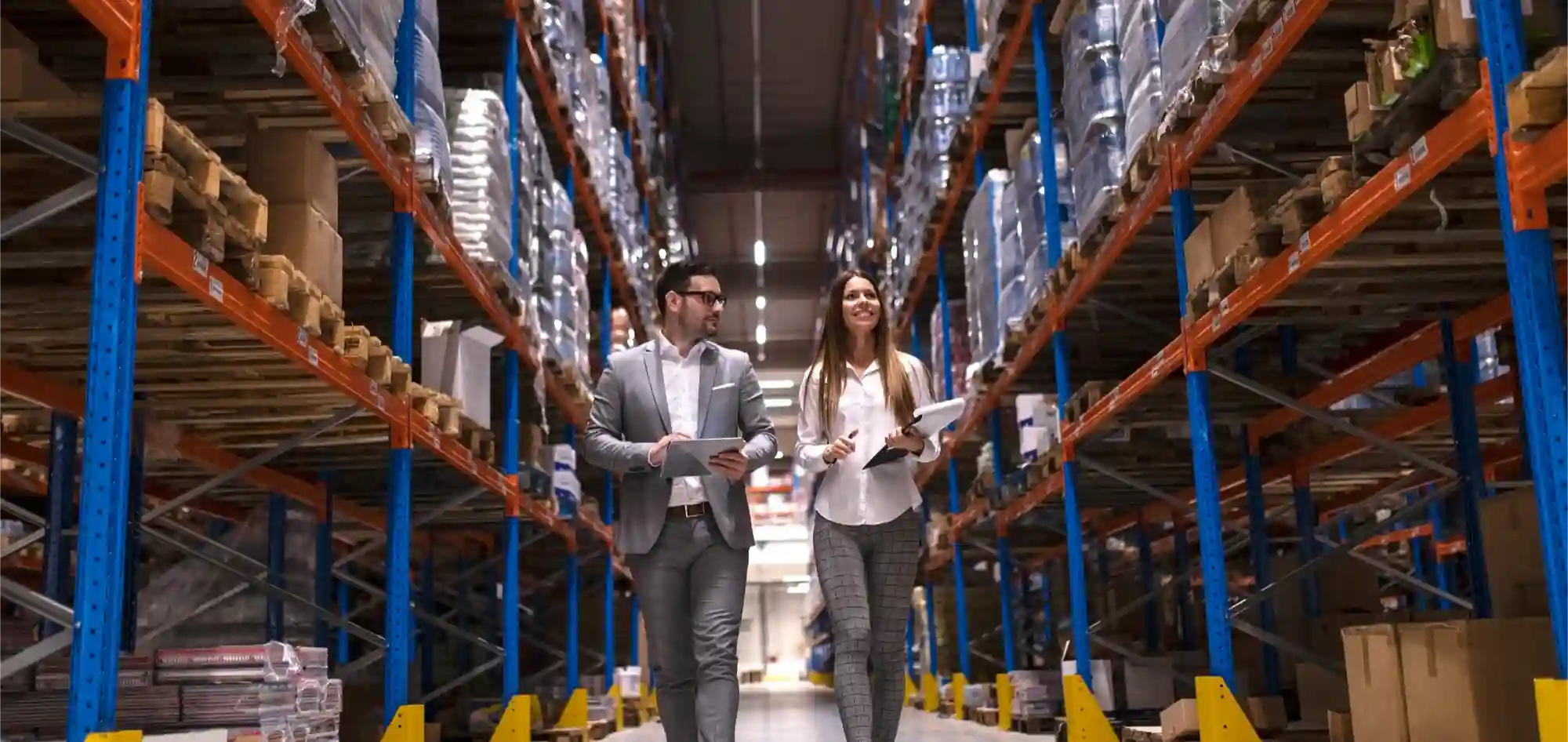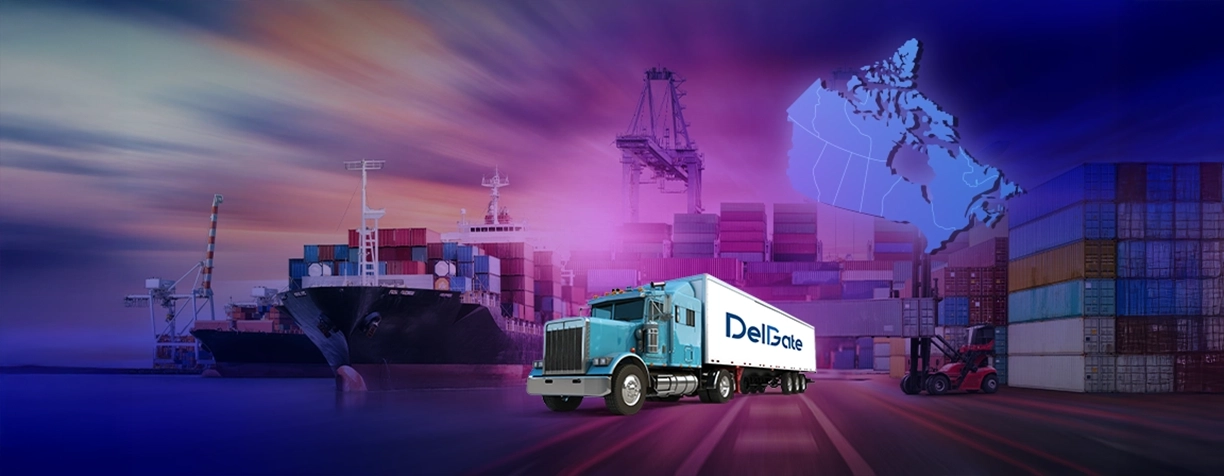When it comes to efficient supply chain management, choosing a transloading provider is a critical decision. While factors like cost and service offerings are undoubtedly important, the significance of location often gets overlooked. The strategic placement of a transloading facility can dramatically impact transportation costs, delivery times, and overall supply chain resilience. Let’s delve into why location is such a vital consideration in this decision-making process.
Table of Contents
What Is Transloading?
Before diving deeper, let’s clarify what is transloading. It’s the process of transferring goods from one mode of transportation to another. This could involve moving freight from trucks to railcars, ships to trucks, or any other combination of transport methods. Transloading is most effective when the origin and destination lack the same mode of transportation.
The Role of Transloading in Reducing Freight Costs

One of the primary benefits of transloading is cost reduction. By strategically choosing a transloading provider with facilities near major transportation hubs, companies can optimize their freight routes. For example, long-haul trucking can be expensive, but by using rail for the majority of the journey and only using trucks for the final mile, costs can be significantly reduced. Transloading also allows companies to leverage the most cost-effective mode of transport for each segment of the supply chain.
Advantages of Transloading Logistics
Advantages of transloading logistics extend beyond mere cost savings. It can improve transit times by avoiding congested areas, optimize equipment utilization, and allow access to markets that would otherwise be difficult to reach. Choosing a transloading provider with a strategically located facility also provides greater flexibility in responding to unforeseen disruptions, such as weather events or port congestion.
Industries That Benefit from Transloading Services
Many industries that benefit from transloading services. These industries include agriculture, manufacturing, energy, and retail. For example, agricultural products may be transported by rail from rural areas to urban centers, while manufactured goods may be shipped by sea to a port and then transloaded to trucks for distribution to warehouses. Transloading is also commonly used in the energy sector to move resources like oil and gas. Choosing a transloading provider with experience in your specific industry can streamline these processes.
Selecting a Transloading Service
When selecting a transloading service, it’s crucial to consider several factors. First, evaluate the facility’s proximity to major transportation routes, such as highways, railways, and ports. Second, consider the facility’s capacity, equipment, and technology capabilities to handle your specific freight needs. Third, assess the provider’s experience, reputation, and safety record.
The Importance of Location in Choosing a Transloading Company

The Importance of Location in Choosing a Transloading Company cannot be overstated. A transloading provider’s location significantly impacts transportation costs, delivery times, and supply chain efficiency. A well-located facility can reduce mileage, minimize handling, and streamline the movement of goods.
Transloading in Canada
Transloading in Canada is especially vital due to the country’s vast geography and diverse transportation infrastructure. From the bustling ports of Vancouver to the industrial hubs of Toronto and Montreal, strategic transloading facilities play a crucial role in connecting different regions and facilitating trade. Choosing a transloading provider that has a deep understanding of Canada’s transportation landscape is essential for companies to optimize their supply chain operations and stay competitive in the global market.
Transloading in Vancouver
Transloading in Vancouver is critical for goods entering and exiting Canada from Asia.
Transloading in Toronto
Transloading in Toronto supports the manufacturing and distribution sectors in the Greater Toronto Area.
Transloading in Montreal
Transloading in Montreal facilitates trade between Canada, the United States, and Europe.
Canada Solar Panel Transloading
A specific example is Canada Solar Panel Transloading, where solar panels manufactured overseas are shipped to Canadian ports and then transloaded to trucks for distribution to project sites across the country. This process requires specialized handling and careful coordination. Choosing a transloading provider with expertise in handling delicate and high-value goods like solar panels can mitigate risks and ensure timely delivery.
Costco Transloading Service in Canada
Major retailers like Costco Transloading Service in Canada rely on efficient transloading operations to ensure a steady supply of goods to their stores across the country. Transloading allows Costco to optimize its transportation network and minimize costs. Choosing a transloading provider that understands the unique requirements of large-scale retail logistics is crucial for maintaining inventory levels and enhancing overall supply chain efficiency.
Third-party Logistics Canada

Third-party Logistics Canada providers offer comprehensive transloading services, including warehousing, inventory management, and distribution. These providers leverage their expertise and infrastructure to help businesses optimize their supply chains. When choosing a transloading provider, ensure they have the resources and capabilities to meet your specific logistics needs.
Case Study:
Let’s consider a hypothetical example of a company that imports goods from Asia to North America.
| Year | Scenario | Transport Mode | Distance (km) | Cost Per Container | Time (Days) |
| 2022 | Using trucking directly from the port to the destination. | Trucking | 3000 | [7000] | 7 |
| 2023 | Incorporating transloading with rail transport. | Rail & Truck | 3000 | [5500] | 9 |
This simple case study showcases a cost saving of [1500] per container using a transloading method.
Numerical Data:
The table below presents numerical data related to the transloading market:
| Metric | Value | Year | Source |
| Global Market Size | $15 Billion | 2023 | Market Research Future |
| Projected Growth Rate | 5.5% | N/A | Allied Market Research |
| North America Share | 30% | 2023 | Industry Analysis Reports |
| Average Cost Savings | 15% | N/A | Supply Chain Quarterly |
| On-time Delivery Increase | 10% | N/A | Journal of Business Logistics |
Real Companies that Provide Fulfillment Services:
- DHL Supply Chain: A prominent force in the field of contract logistics on a global scale.
- DelGate: Offers a range of supply chain solutions, including transloading.
- Kuehne + Nagel: A major player in international freight forwarding and logistics.
- Ryder Supply Chain Solutions: Offers comprehensive management services that cover every aspect of the supply chain from start to finish.
- C.H. Robinson: A third-party logistics provider with a vast network.
In conclusion, the location of a transloading provider is a critical factor that can significantly impact transportation costs, delivery times, and supply chain efficiency. When choosing a transloading provider, carefully consider their location and how it aligns with your specific logistics needs.





